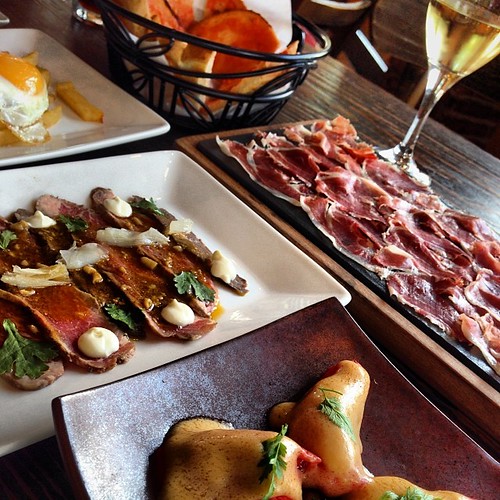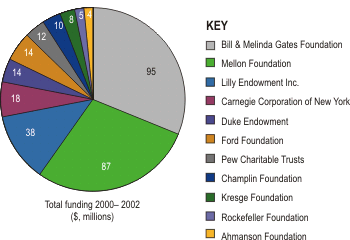Have you ever found yourself at home, daydreaming about distant places, suddenly overwhelmed by a vivid and almost tangible craving? Maybe it’s the creamy gelato you savored in Rome, the ceviche in Lima, or the spicy street food in Bangkok. This isn’t just hunger; it’s about experiences, adventures, and memories. But why do we crave foods we’ve only eaten while traveling? Let’s dive into the delicious world of travel food cravings and uncover the reasons behind this culinary obsession.
The Causes of Cravings for Travel Food
Travel broadens our horizons and tantalizes our taste buds, introducing us to flavors and dishes we’ve never known before. The thrill of exploring new cultures extends to their cuisine, leaving a lasting impression on our palates and minds. But when we return home, we often leave behind more than just memories; we are left with a longing. These cravings are the call of our taste buds, the thrill of discovery, and the joy of a particular food that somehow becomes part of our journey.
But what exactly triggered these desires? Is this just a thirst for adventure, or is there more? According to the food craving diagram, there are physiological and psychological factors at play. Physically speaking, our bodies may crave a nutrient that we first encounter in large quantities in specific foreign dishes. For example, if you find yourself dreaming of Swiss chocolate, it may not just be the taste you want; Your body may be sending signals of magnesium deficiency.
Moreover, psychological factors such as stress, emotional fluctuations, and even the environment in which we eat can intensify our cravings. The happiness and lack of stress associated with vacations make us yearn for the foods that accompany those carefree moments. The anticipation of exploration, the novelty of experience, and the satisfaction of indulging in unique dishes all contribute to our emotional attachment to certain foods when we return home.

Addressing Cravings and Implications
Interestingly, craving charts also show how certain deficiencies manifest as cravings for specific types of food. For instance, a craving for high-fat or greasy foods might indicate a calcium deficiency, which can be addressed by adding spinach, kale, or almonds to your diet. This discovery has opened up a fascinating way to satisfy our desires healthily by replacing actual travel foods with nutrient-rich alternatives that provide the same level of satisfaction.
Additionally, there is a clear connection between food cravings and emotions. Generally, what we truly crave isn’t the food itself, but the feeling it gives us. The excitement of trying new things, the joy of eating with friends, or the comfort of familiar flavors in a foreign land. Emotional eating is common, and recognizing that our cravings may be linked to our emotions can help us understand and address these issues more effectively.
So, the next time you find yourself longing for Spanish paella or Japanese sushi, remember that this might be your body’s way of recalling travel or indicating nutritional needs. But it could also be a signal from your heart, yearning for the joy and adventure that these foods bring.

Addressing these desires does not necessarily mean booking the next flight (although it may be tempting). This can be very simple, such as remaking this dish at home, finding a local restaurant that offers authentic cuisine, or exploring alternative foods that meet your body’s nutritional needs. Participating in activities that bring you happiness and relaxation can also replicate positive emotions related to your travel food memories.
In summary, the craving for travel foods is a complex interplay of physical needs, emotional connections, and human adventurous desires. They remind us of the places we’ve been, our experiences, and the flavors that touch our souls. By understanding the driving factors behind these cravings, we can find creative and healthy ways to satisfy them, even if we stay put, to keep the spirit of travel alive. After all, the journey doesn’t necessarily end when we return home; in many ways, through the foods we crave and the memories they evoke, it’s just the beginning.
Related posts:
Food Cravings Chart: What Cravings Mean And What To Eat Instead
25 Unforgettable Food Experiences People Have Had While Traveling Abroad
What food do you crave after returning home from a long trip?




